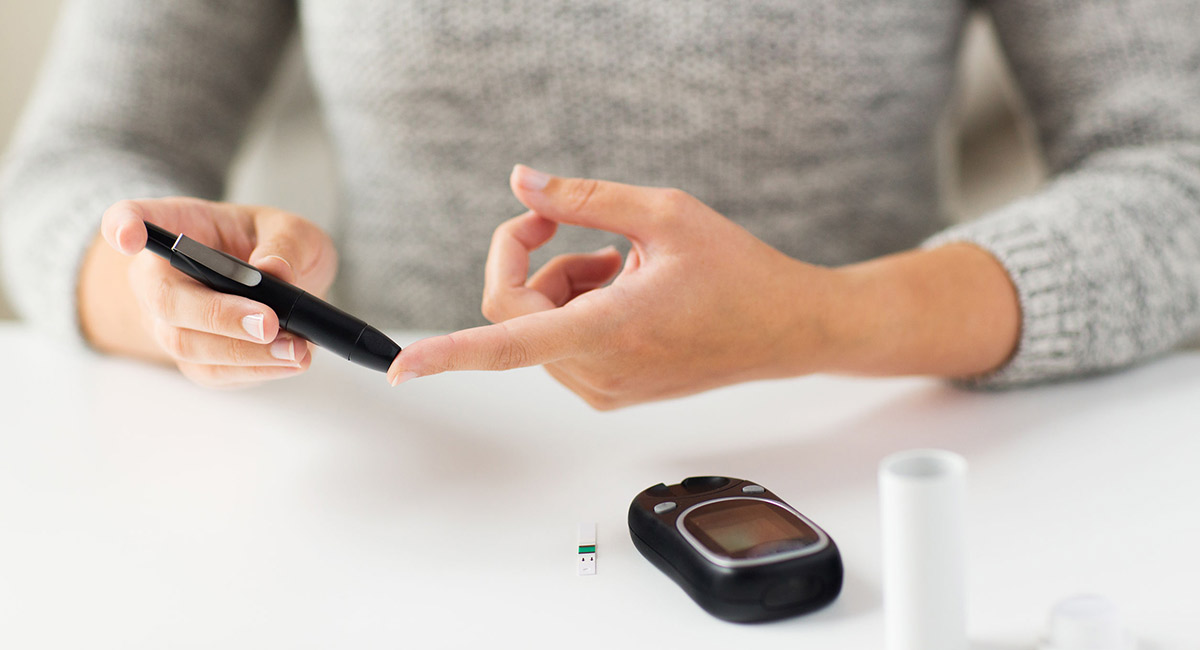California lawmakers recently passed the CalRx Biosimilar Insulin Initiative. The legislation aims to lower the cost of insulin, a life-prolonging medication for many diabetics, by investing $100 million, half designated for developing a biosimilar insulin and half for producing it. The end goal is to make insulin more affordable and accessible for Californian diabetics.
Without question, insulin prices leave many diabetics financially strapped. A five pack of insulin that typically lasts three to five months can easily cost over $500 with insurance. Sadly, insulin’s prices lead many who need it to ration their supplies, which risks long-term complications, including falling into a diabetic coma. Others take to the black market, searching for insulin from Canadian pharmacies or cutting deals with other diabetics with leftover supplies.
So why not subsidize insulin development and production to bring down the price? According to one study referenced in an article by Mark Ghaly, the secretary of the California Health and Human Services Agency, the CalRx Biosimilar Insulin Initiative might reduce annual out-of-pocket costs to insured and uninsured diabetics in California by 90 percent.
Per usual, economic principles suggest a vastly different outcome than optimistic policy makers.
Diabetics Face Tradeoffs Too
Despite what you might have heard from your mistaken Principles of Microeconomics professor, the demand for insulin is not perfectly inelastic. That is, people are not willing to pay any price for insulin. In human biology, insulin is a hormone that helps regulate blood glucose. In economic terms, it’s a complement to consuming goods containing sugar (mostly carbohydrates).
Diabetics can moderate their insulin use in other ways: eating fewer carbohydrates, exercising more, and avoiding stress (which can raise blood glucose) to name a few. Both the American Diabetes Association (ADA) and the Centers for Disease Control and Prevention (CDC) recognize these options. A position paper written by the ADA suggests that the degree of hyperglycemia changes with a person’s choices regarding diet and exercise. According to the CDC, eating well to achieve a healthy lifestyle with diabetes usually means adhering to diets that are “lower in fat” and selecting green vegetables, which are important ways to manage one’s target range of blood sugar.
Insulin use itself can have substitutes and complements. Insulin can be ingested or injected (either through a pen or vial with a needle). Insulin can be used with insulin-sensitizing agents, which makes the body more sensitive to insulin and allows the patient to inject less of it. These options are even available for Type I diabetics, whose access to insulin is a matter of life or death.
Many of these choices are not ideal, as they require experimentation with sensitive medications and daily commitments to restrictive lifestyle choices. But such is the nature of a difficult disease.
Subsidizing Insulin Is No Sweet Deal
Economist Walter Williams often reminded his listeners that “when you subsidize something, you get more of it.” Having more insulin sounds like a godsend for many diabetics. But the logical consequence of cheaper insulin is that consuming sugary goods becomes cheaper and lifestyle changes to use less insulin become comparatively more expensive.
Subsidized insulin not only motivates unhealthy habits for diabetics, it might motivate the use of riskier amounts of insulin. World-renowned physician and diabetes management expert Dr. Richard Bernstein notes that injecting insulin more frequently and in higher doses (to cover for more sugar consumption) comes with greater risk of variation in outcomes.
Beyond motivating risky and unhealthy behavior, making insulin cheaper through government policy has fared poorly in the past. Such policies often lead to rationing. In 2019, for example, Colorado became the first state to limit monthly co-pays for insulin to $100 per month. Although the legislation aimed to “help a lot of families,” surveys conducted a year later reported nearly 40 percent of diabetic Colorodians still “dangerously rationed” their insulin due to a lack of availability. More-stringent laws were enacted in Canada, where pharmacies often limit the amount of insulin patients can purchase at a time to prevent patients from hoarding supplies.
Insulin prices are literally a deadly serious issue in US healthcare. But basic economics, both in theory and practice, warn us that these latest efforts to subsidize insulin production are much more likely to cause further harm to an already dire situation. Upon taking the hippocratic oath, physicians swear to do no harm to their patients. We hope our policymakers adopt a similar outlook.









